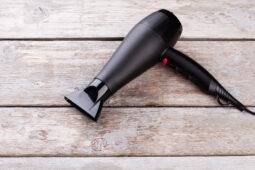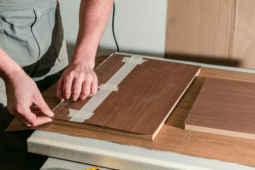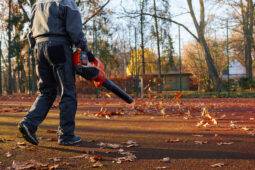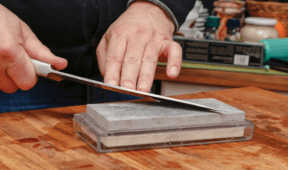How To Keep Your Outdoor Faucet From Freezing And Cracking Pipes
If you’ve ever dealt with a frozen outdoor faucet, you know how stressful it can be. One night of freezing temps, and suddenly you’re worried about cracked pipes or water leaks when things start to thaw. The good news is, keeping your faucet from freezing isn’t hard, it just takes a few simple steps done at the right time. Here’s how to protect your outdoor faucets before winter hits, and protect yourself from the headache of burst pipes.
Start Before It Gets Cold
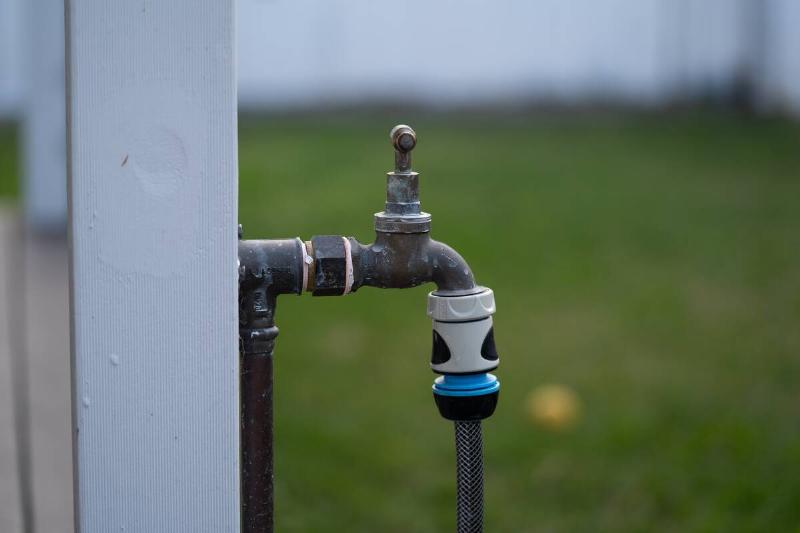
The best time to winterize your outdoor faucet is before that first hard freeze. Once temperatures dip below freezing, water inside your pipes can expand and cause cracks. So don’t wait until the forecast says “freeze warning.” Do it early, while it’s still comfortable to work outside. A little prep now saves a lot of repair costs later, and trust me, you don’t want that unfortunate midwinter surprise.
Disconnect Your Garden Hoses
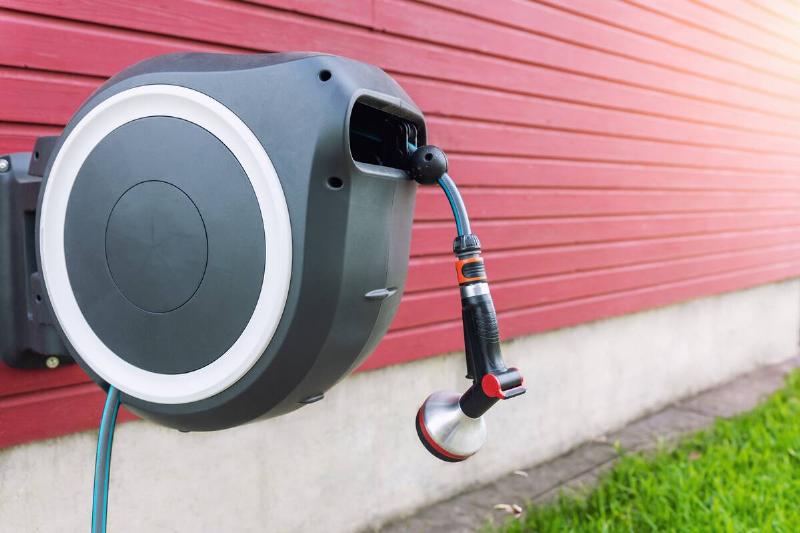
This one seems simple, but a lot of people forget it. A hose left attached traps water in both the hose and the faucet, which can freeze and back up into your plumbing. Unhook every hose, drain it, and store it somewhere dry, like in a garage or shed. Even if it’s a “frost-proof” faucet, keeping hoses attached can still cause trouble. This is the easiest step, and also the most important.
Shut Off The Interior Valve
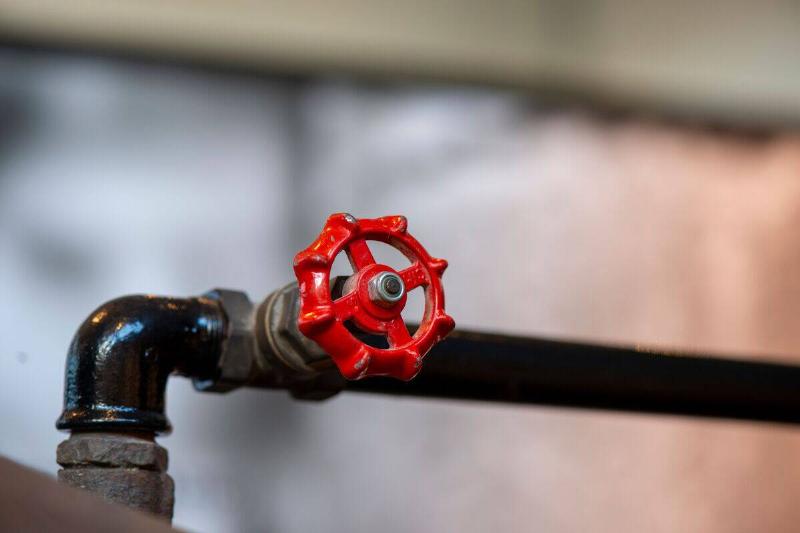
If your house has a shut-off valve for the outdoor faucet, turn it off. You’ll usually find it in the basement or near where the pipe exits the wall. Once you close it, open the faucet outside to let any leftover water drain out. That little bit of water sitting in the line is what freezes, expands, and causes cracks, so you want it gone completely.
Drain The Faucet Completely
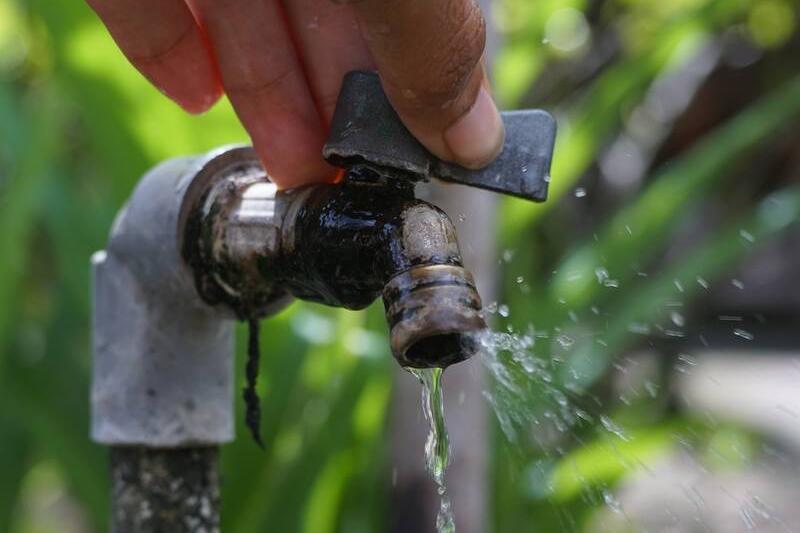
After shutting off the inside valve, go back outside and open the faucet all the way. Let it run until nothing more comes out. Then leave it slightly open so any trapped air can escape as well. If your faucet has a small bleeder valve inside, open that too. It might not seem like much, but these tiny details are what prevent pipes from bursting when temperatures plummet.
Add Extra Protection
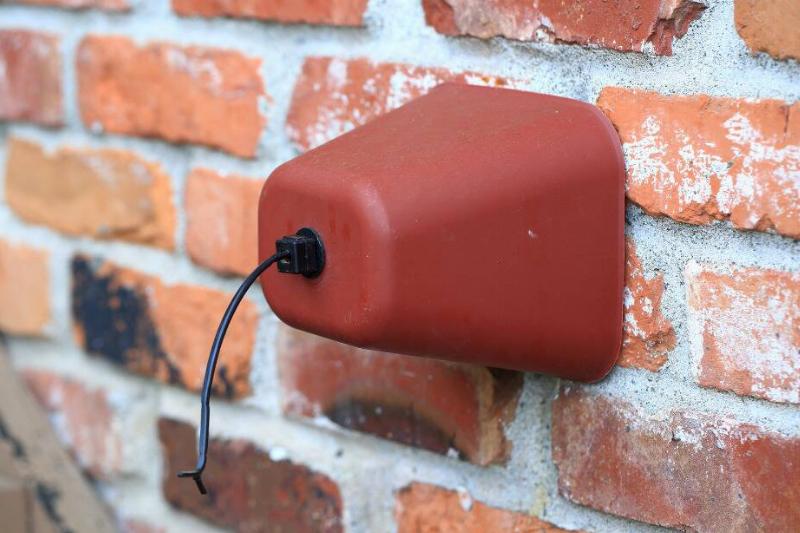
Once everything’s drained, cover the faucet. You can buy inexpensive foam faucet covers at any hardware store, or even wrap it with a towel and a plastic bag if you’re in a pinch. It’s not fancy, but it helps trap heat and protect against freezing wind. If winters are harsh where you live, that bit of insulation can make a big difference when temperatures dive below zero.
Keep An Eye On Temperature Dips
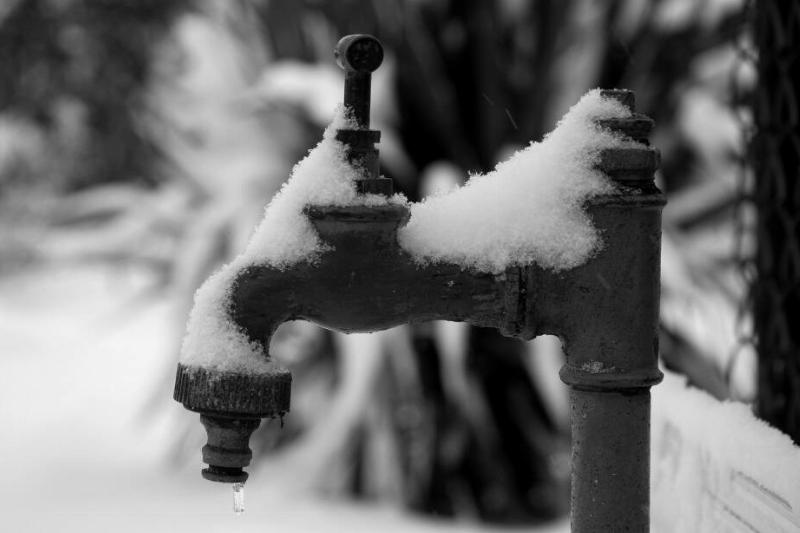
Even after you’ve winterized, stay aware of sudden cold snaps, especially in early winter or spring. If temperatures drop unexpectedly, double-check that your covers are secure and your hoses are still disconnected. It takes just a minute, but catching small things early can prevent bigger problems down the line. Sometimes the best protection is simply paying attention to the weather.
Know When To Call A Plumber
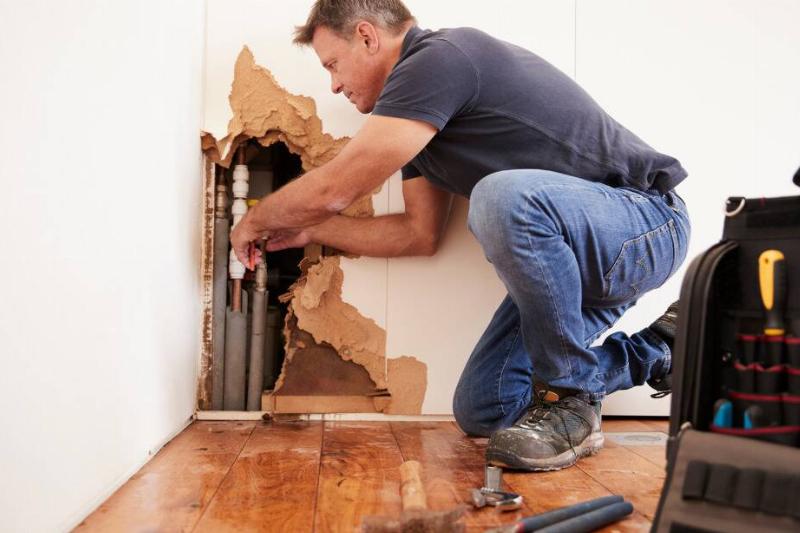
If you turn on your outdoor faucet and notice weak water flow or leaking inside the wall, you might have a freeze-related issue. Turn off the water immediately and call a plumber. Frozen pipes can burst behind walls where you can’t see them and secretly leak water. It’s better to deal with it quickly than risk water damage. Even the best DIYers sometimes need to call in the pros, and that’s okay.
Related Articles
-10 Fall Home Maintenance Tasks You Don't Want To Forget
-Why You're Using the Wrong Winter Faucet Drip Method
-How To Replace Your Sink Faucet Like a Pro
A frozen faucet is one of those problems that feels small until it suddenly isn’t. But with a bit of prep before the freeze comes, you can avoid all that stress. Disconnect, drain, cover, and check, it’s really that simple. These few extra minutes of care protect your home, your pipes, and your peace of mind. When winter comes, you’ll rest easier knowing you’ve already handled it all.

